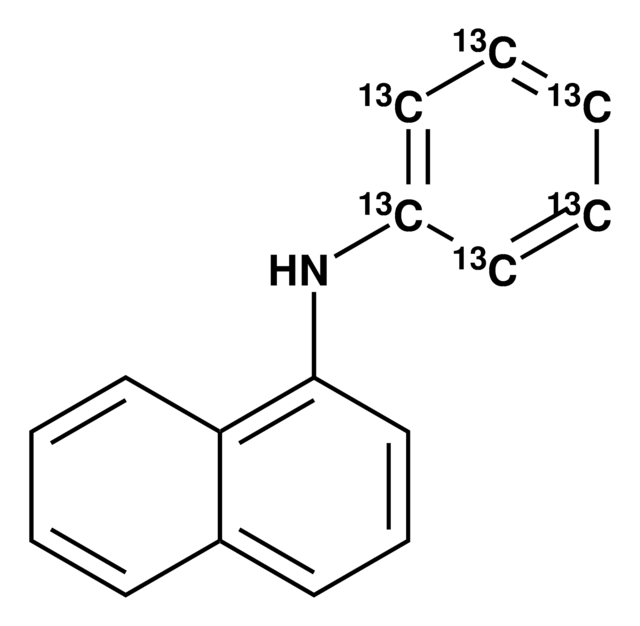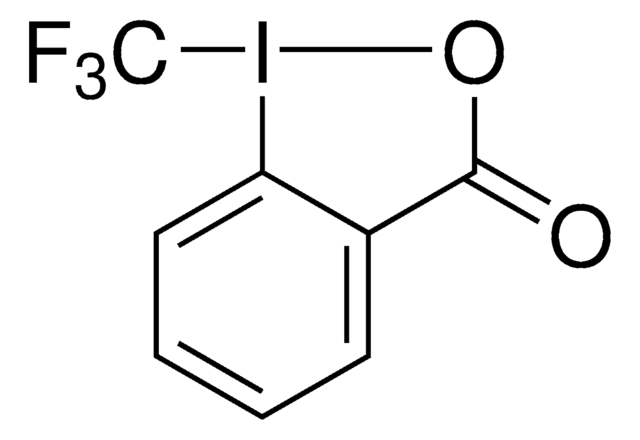Kluczowe dokumenty
930431
SuTEx1-alkyne
≥95%
Synonim(y):
N-2-propyn-1-yl-4-(1H-1,2,4-triazol-1-ylsulfonyl)-benzamide
About This Item
Polecane produkty
opis
Application: Chemoproteomics
Poziom jakości
Próba
≥95%
Formularz
powder
mp
155 °C
temp. przechowywania
−20°C
ciąg SMILES
O=C(C1=CC=C(S(N2N=C([H])N=C2)(=O)=O)C=C1)NCC#C
Klucz InChI
ZBNCPAXYEUCPRL-UHFFFAOYSA-N
Zastosowanie
Inne uwagi
Ilościowa platforma profilowania reaktywności tiolowej do analizy proteomów cystein reaktywnych redoks i elektrofilów
Etynylacja reszt cysteinowych: Od peptydów do białek in vitro i w żywych komórkach
Platforma chemoproteomiczna do oceny potencjału bioaktywacji leków
Inhibicja zależnych od cynku deacetylaz histonowych za pomocą chemicznie wyzwalanego elektrofilu
Odwracalność kowalencyjnych adduktów elektrofil-białko i toksyczność chemiczna
produkt powiązany
Kod klasy składowania
11 - Combustible Solids
Klasa zagrożenia wodnego (WGK)
WGK 3
Temperatura zapłonu (°F)
Not applicable
Temperatura zapłonu (°C)
Not applicable
Wybierz jedną z najnowszych wersji:
Certyfikaty analizy (CoA)
It looks like we've run into a problem, but you can still download Certificates of Analysis from our Dokumenty section.
Proszę o kontakt, jeśli potrzebna jest pomoc Obsługa Klienta
Masz już ten produkt?
Dokumenty związane z niedawno zakupionymi produktami zostały zamieszczone w Bibliotece dokumentów.
Nasz zespół naukowców ma doświadczenie we wszystkich obszarach badań, w tym w naukach przyrodniczych, materiałoznawstwie, syntezie chemicznej, chromatografii, analityce i wielu innych dziedzinach.
Skontaktuj się z zespołem ds. pomocy technicznej


![Tris[(1-benzyl-1H-1,2,3-triazol-4-yl)methyl]amine 97%](/deepweb/assets/sigmaaldrich/product/structures/179/695/86a721c8-2a4c-4e4f-bc36-6276ce7a941f/640/86a721c8-2a4c-4e4f-bc36-6276ce7a941f.png)





